Power dynamics at SPU
How the Board of Trustees really operates
January 27, 2022

In a debate that has been going on at Seattle Pacific University for years, the discourse surrounding the Statement on Human Sexuality has been complicated and suppressed. In light of this, the internal structure and power dynamics of SPU are hardly commonplace knowledge, especially those that relate to our upper administration, the Board of Trustees.
For decisions that engage with fundamental university policy, the Board has sovereignty over proposals that attempt to reform the central workings of the school. Faculty and staff can propose changes that affect curriculums, scheduling, and other factors that “relate directly to the academic process,” as stated in the Faculty Employment Handbook. Beyond that, however, there is little influence they have that does not eventually lead back to the superior authority of the Board.
Even the position of University President has little individual authority. The president sits on the Board and votes with their decisions, but ultimately change must be supported by the entire council to take effect, meaning the Board can overrule a president’s opinions. Even if Dr. Menjares currently serves as the temporary face of the institution, he has very little power to change anything individually because change requires the support of the majority. This is meant to keep individual members from wielding too much power, but it also results in the unfortunate slowness that trails bureaucratic institutions like universities.
Members of a Board of Trustees are not members of the institution that have served over the years and graduated to senior leadership; they are members of the community, citizens who serve on an academic council outside of their ordinary jobs. One member might be a doctor, another a lawyer. SPU happens to have a Free Methodist bishop on the Board, to complement our denominational affiliation. The essential point of the Board’s makeup is that it is supposed to serve as an impartial leader, much like how the justices on the Supreme Court are designed to be protected from the threats of the legislative or executive offices of our federal government.
Nor is this a quality that is specific only to Seattle Pacific University; in fact, at most colleges and other nonprofit organizations this is how the structure of the bureaucracy is laid out—but depending on the level of tension at a university, the level of access the rest of the school has to information about the board is wildly different. At Azusa Pacific University, photos and the occupational background of each Board member are openly displayed on the website, along with contact information. On Biola University’s website, they even have small biographical entries.
However, at some private Christian schools that have recently suffered controversy, like George Fox University and Liberty University, there are no photos, no biographies and no contact information, which is highly reminiscent of SPU’s website.
In fact, there is almost no information about the credentials of the non-presidential members on Seattle Pacific’s website at all, just names and occasional prefixes. The lack of photo identification (which is one of the minimum requirements for many student leadership positions, such as area councils and ASSP Core) speaks to the desire of the Board to remain undetected – and therefore, harder to hold accountable.
When the senior leadership for our school is outwardly delaying the endgame on an issue of civil rights, we must ask ourselves if the Board is truly following its intended administrative functions. There is a fine line between a position that is protected from the threats of institutional imbalance and a position that becomes untouchable. Impartiality is only a virtue so long as it remains in touch with the problems it seeks to understand and when it does not lead to eventual disassociation.
Additionally, there is another relationship at stake that is perhaps more important than any other in our university—the Board’s connection to our faculty. Our professors are the heart and soul of SPU, essential patriots of our institution who help guide us and who really understand what it means to cultivate the university experience. They have been an instrumental force behind support for a more flexible or abolished Statement on Human Sexuality. About 75% of faculty are in favor of removing or changing the Statement.
It can only speak volumes, then, that this feedback (supplied from a 97% response rate) was quietly shoved under the rug and to this day remains unaddressed by the Board.
As our university continues to wrestle with an issue that transcends the normal debates of school policy, we must ask ourselves – is the Board of Trustees truly carrying out their duty to the school as honorably as they can? To what extent should we care about transparency from our leaders? Where has the Board properly defended themselves as the right coalition for the task? We are at their legislative mercy, which is hardly the kind of critical and intelligent structure that SPU should be exemplifying in their mission to build student character.
Our school is made up of students, professors, staff and (most removed of all) the Board of Trustees, who are all meant to serve the common experience of the university. With a community as compassionate, intellectual and unique as SPU, it is a shame and a disservice to all of us that they are this far removed from an issue close to so many of our hearts.

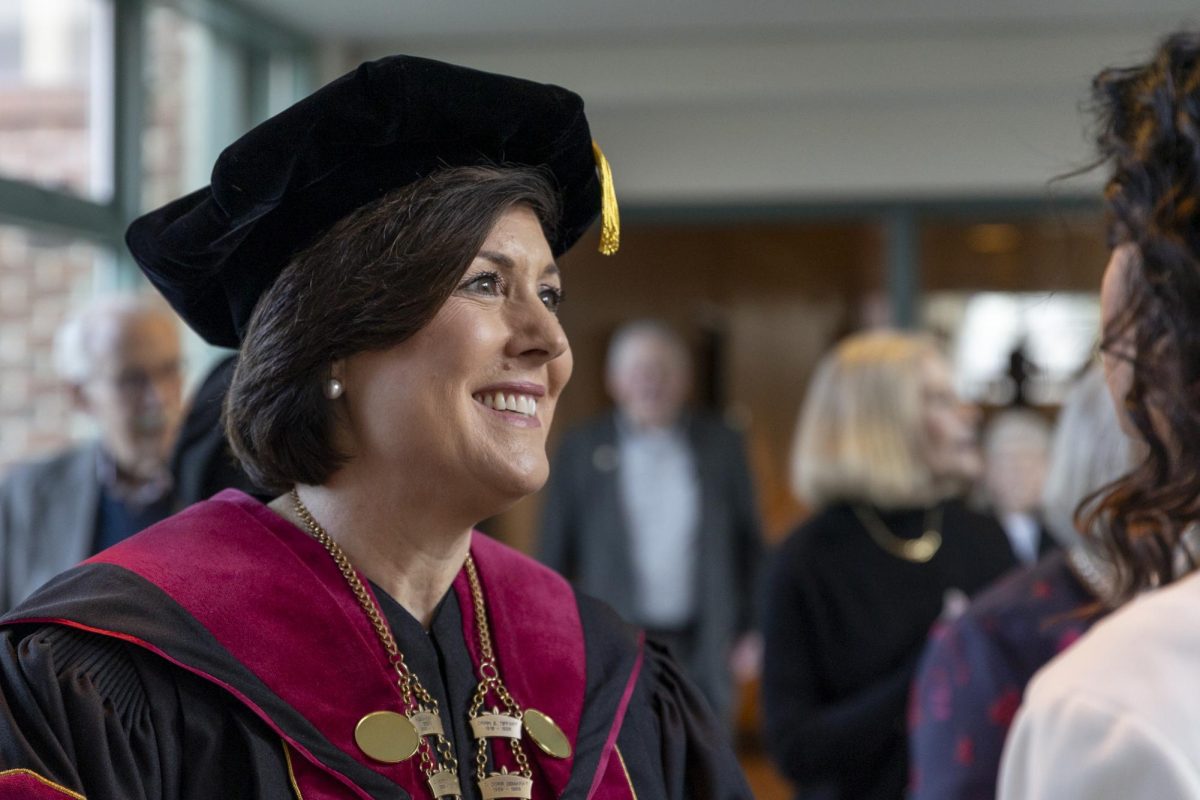





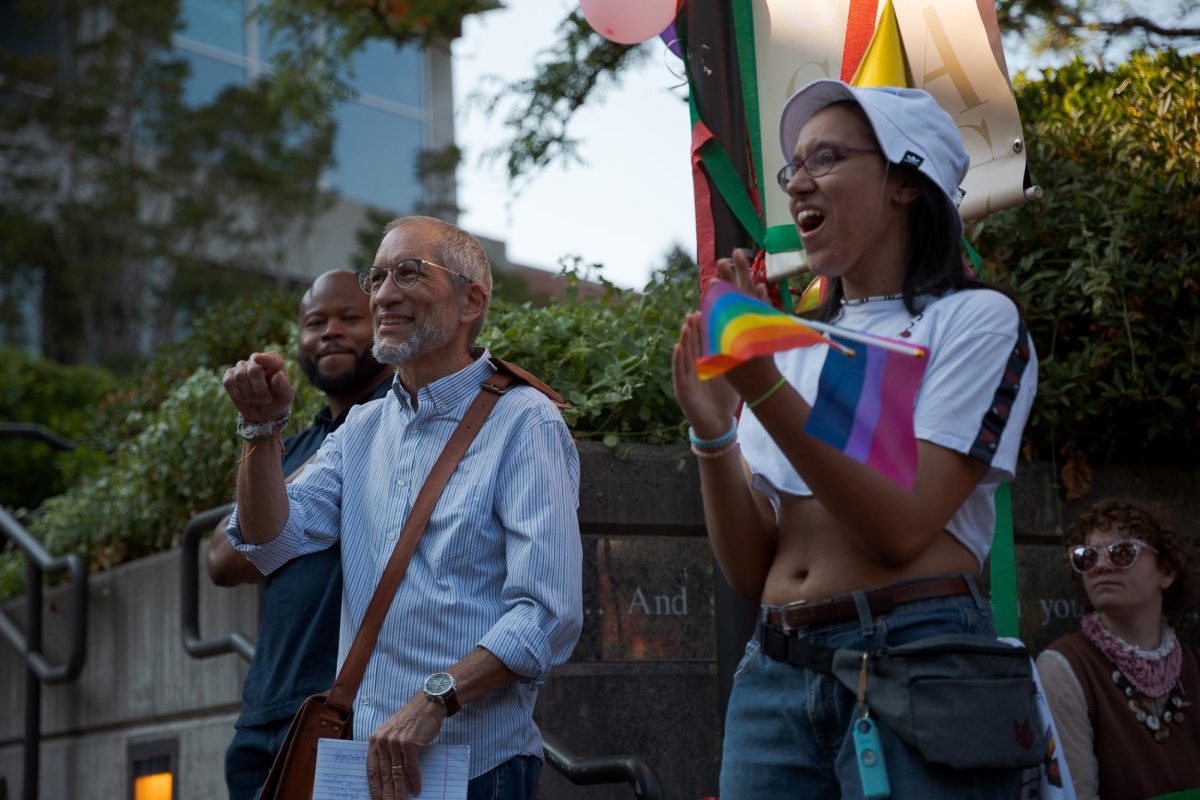
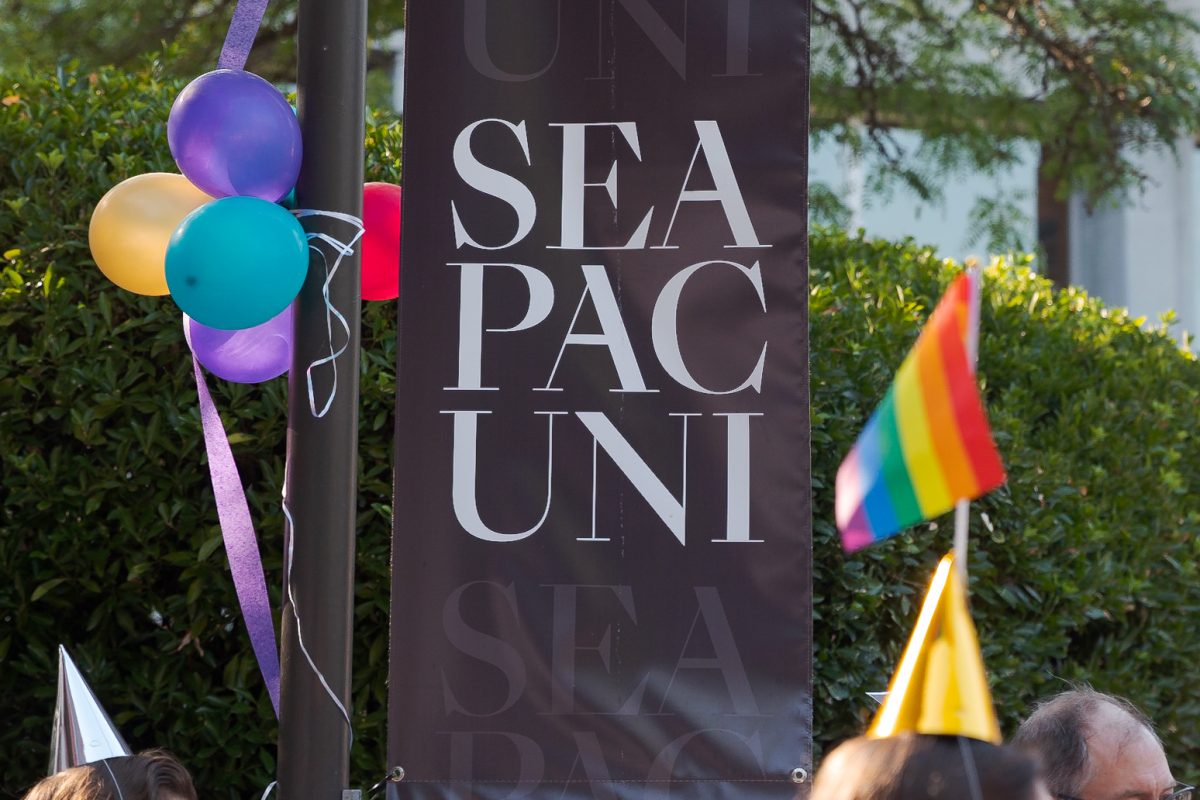

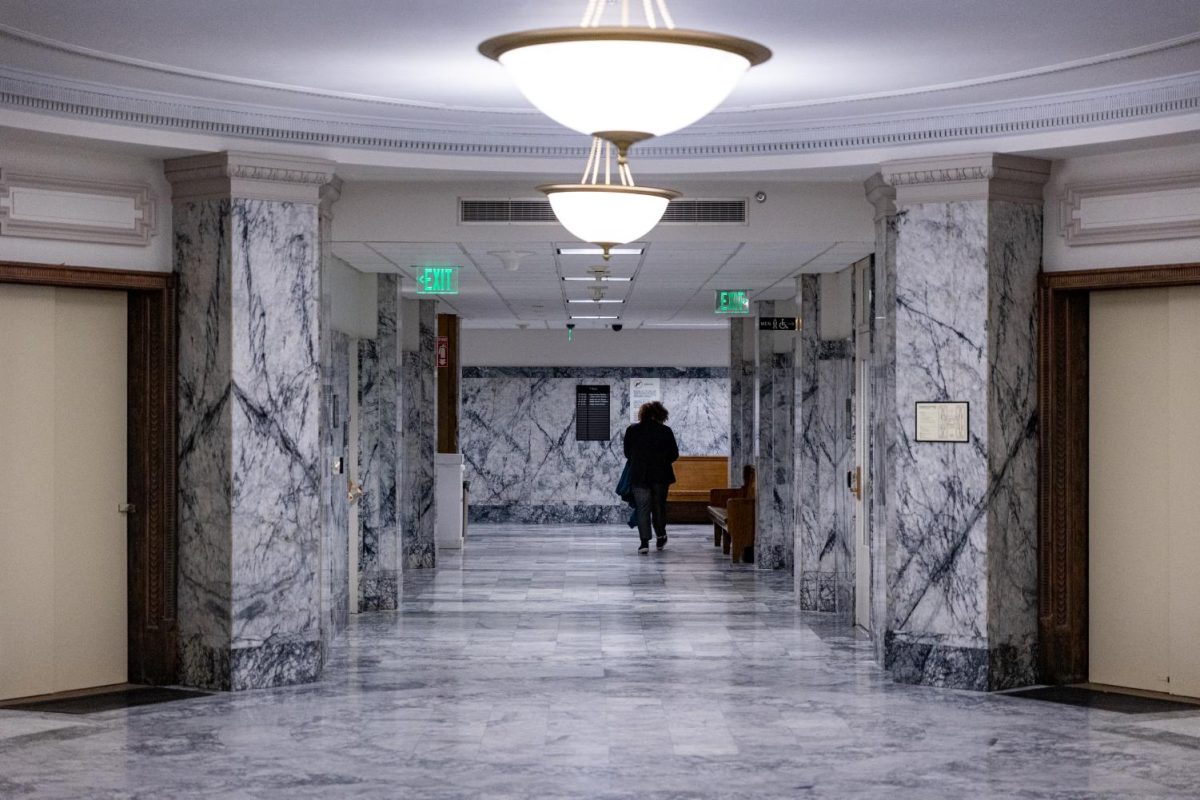
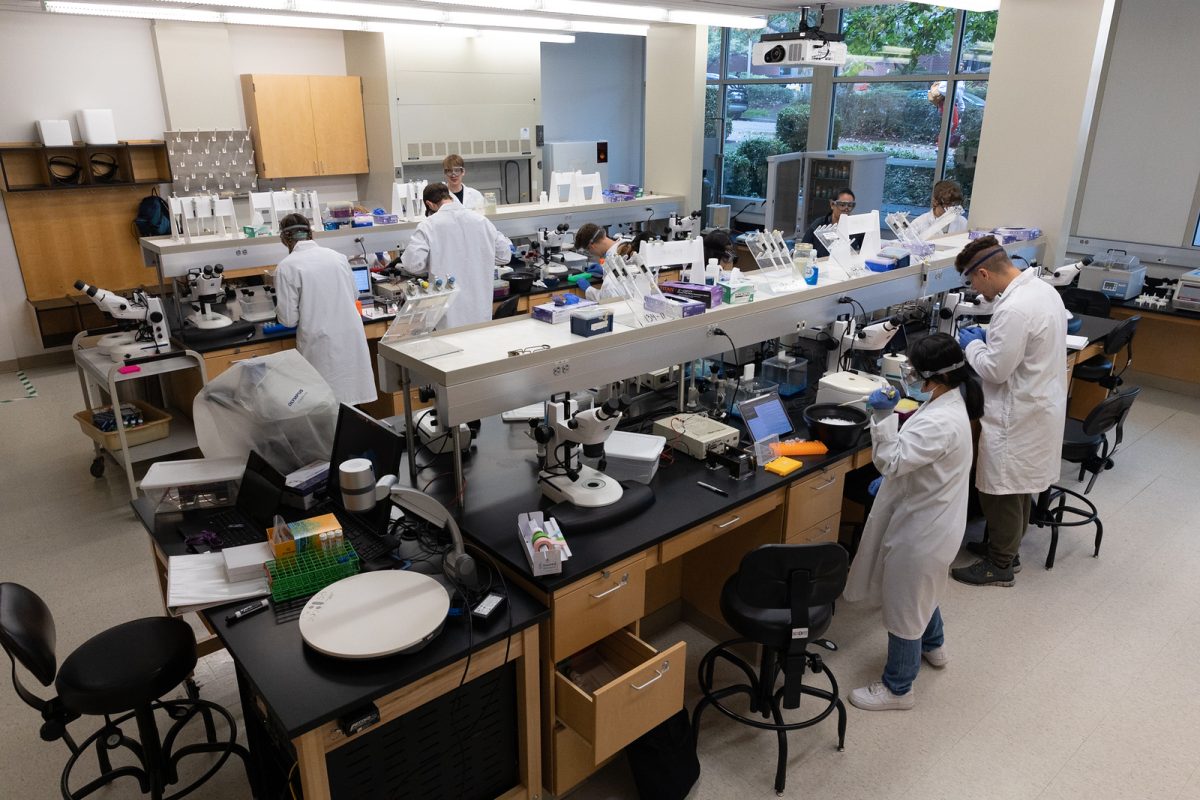
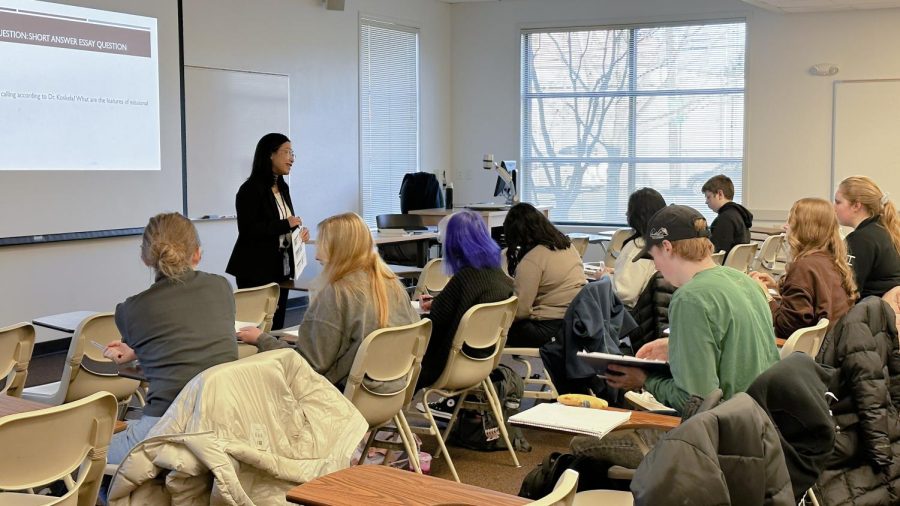

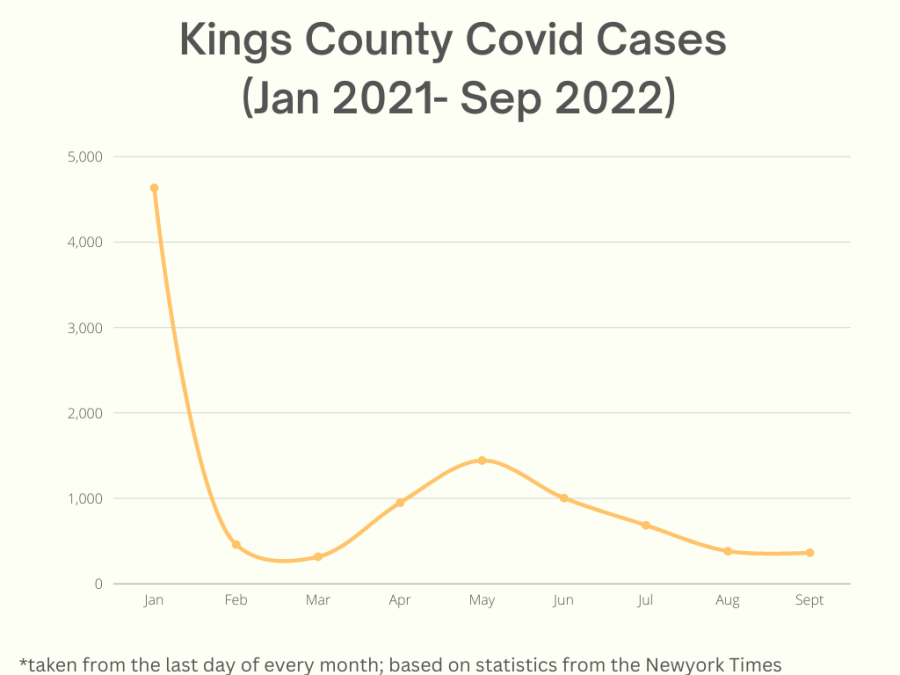
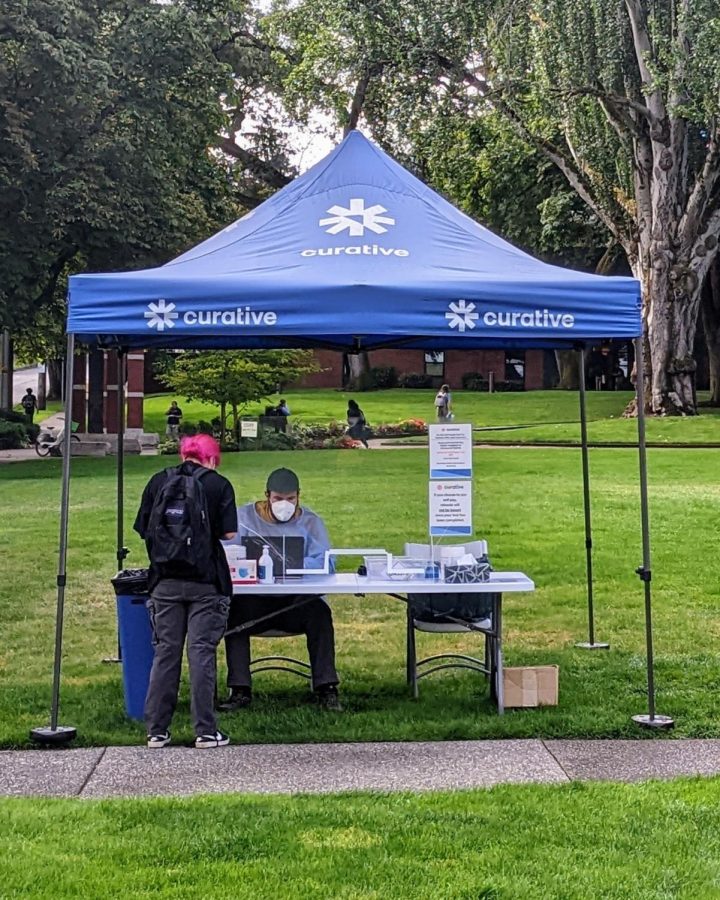
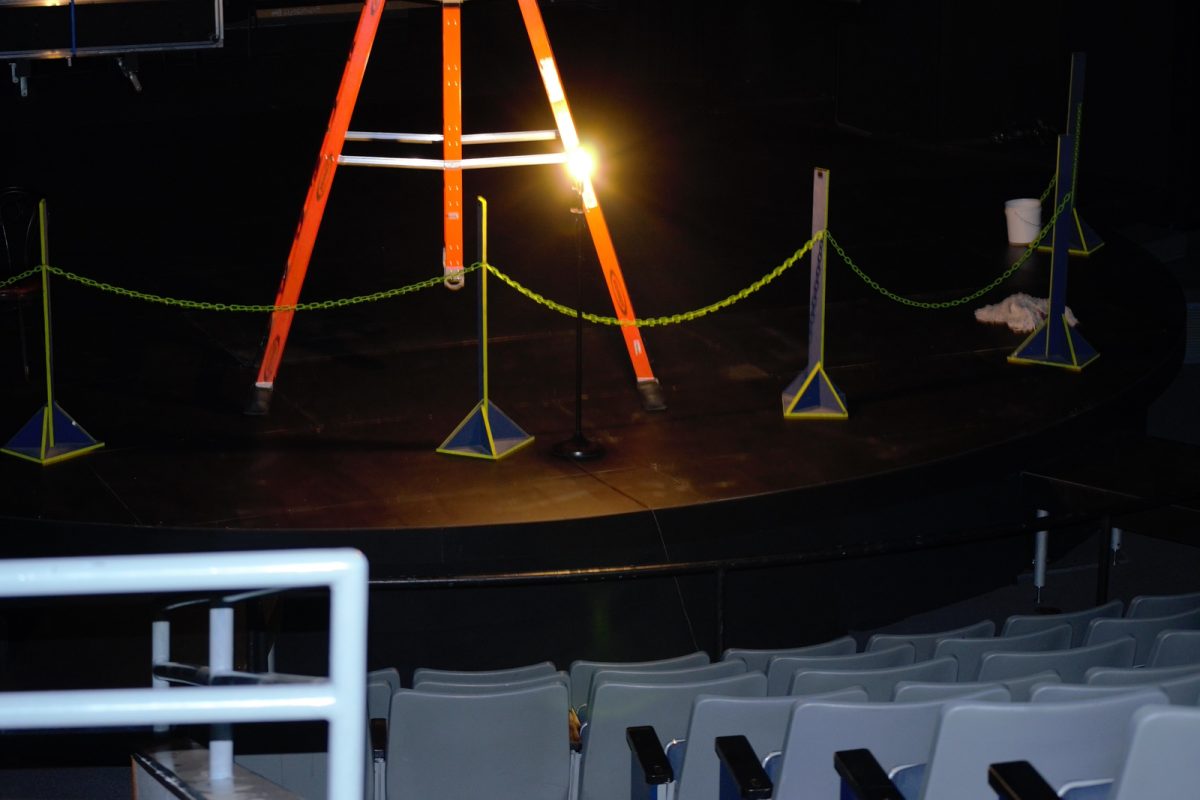


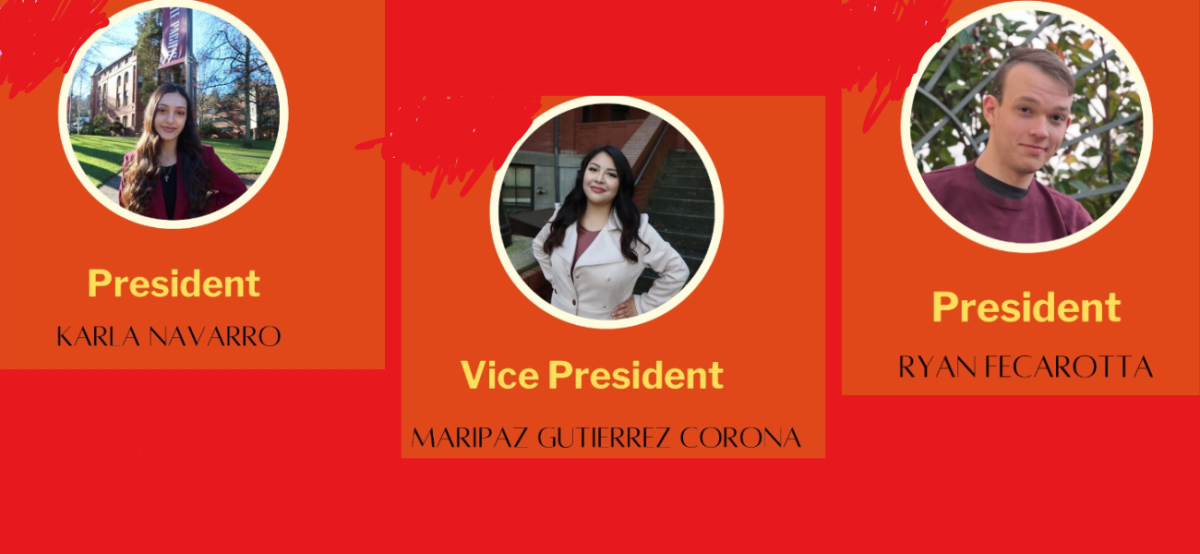
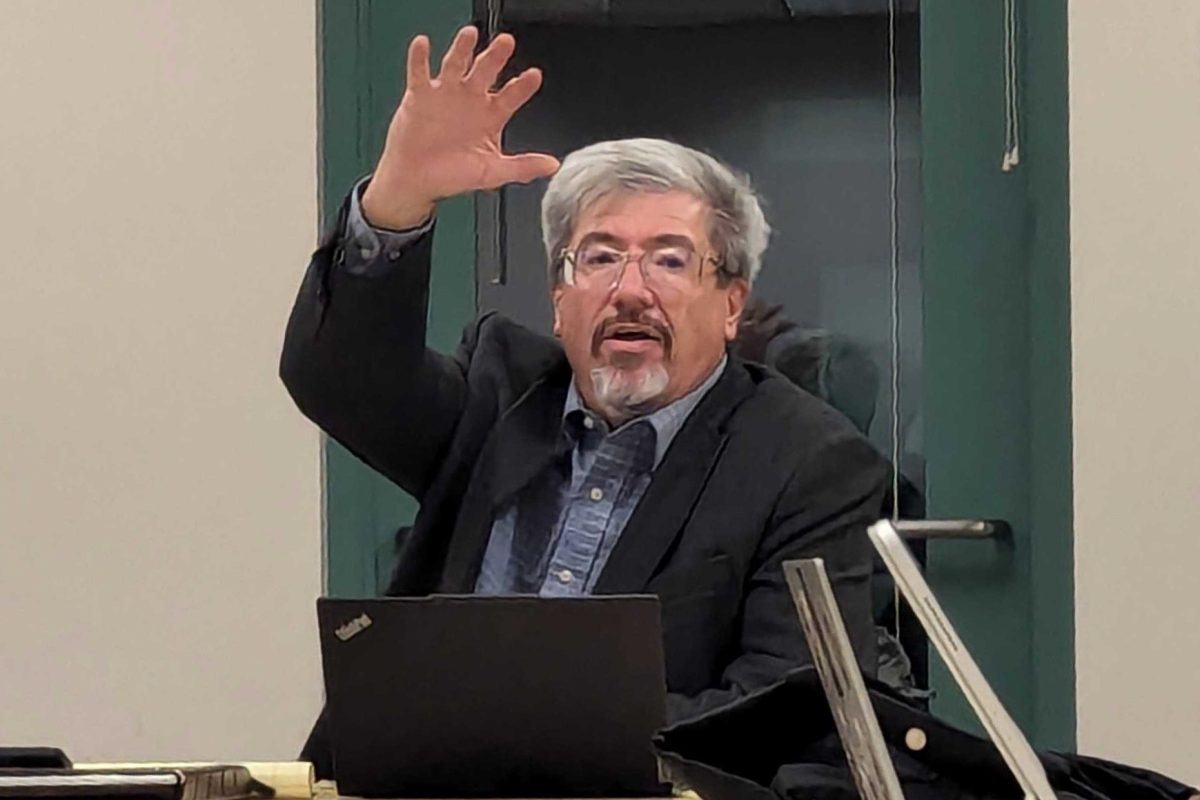











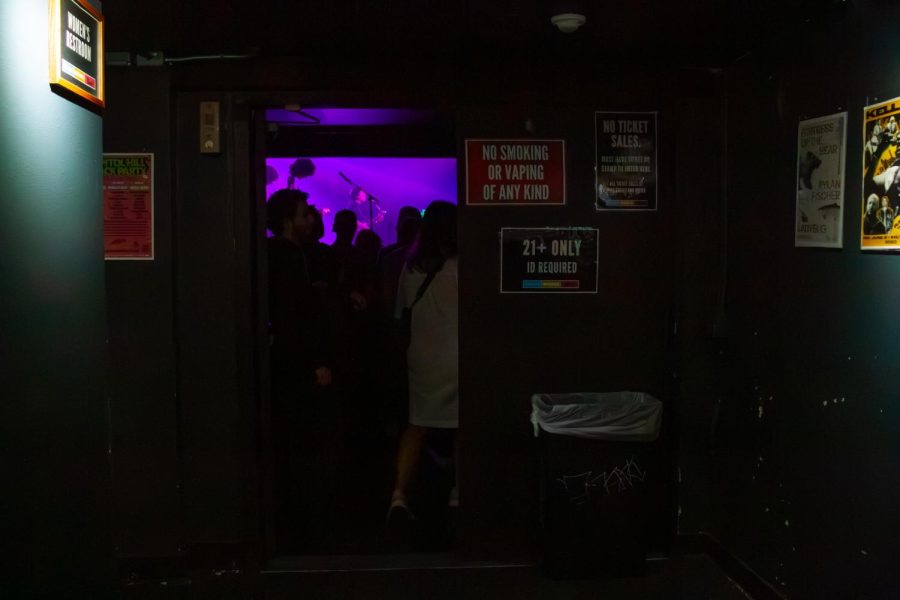




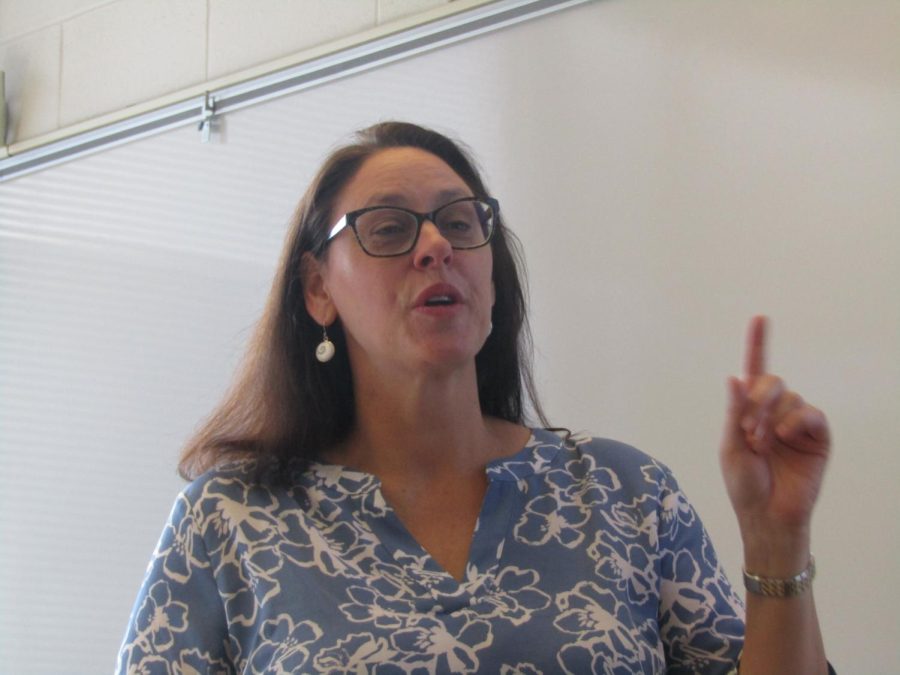

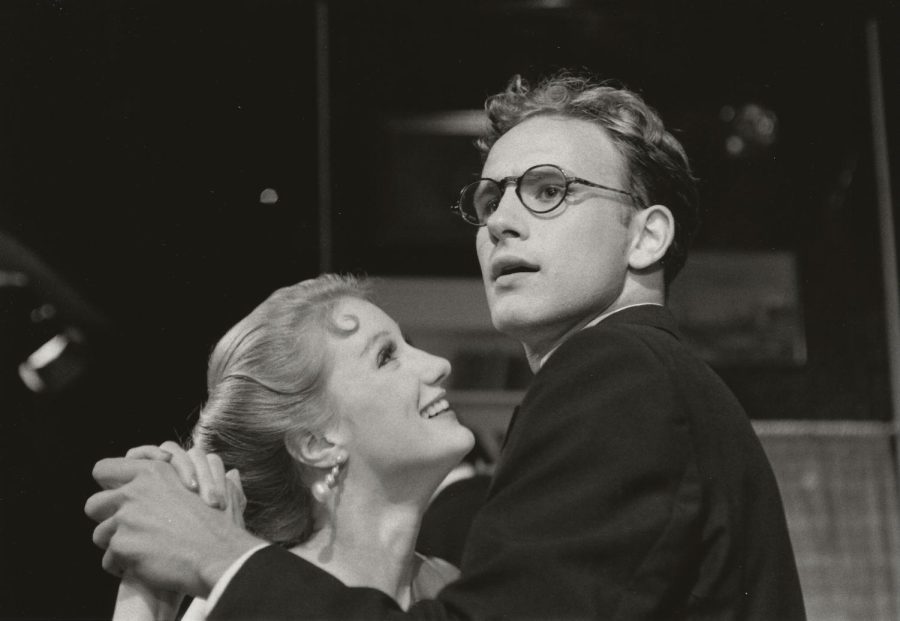














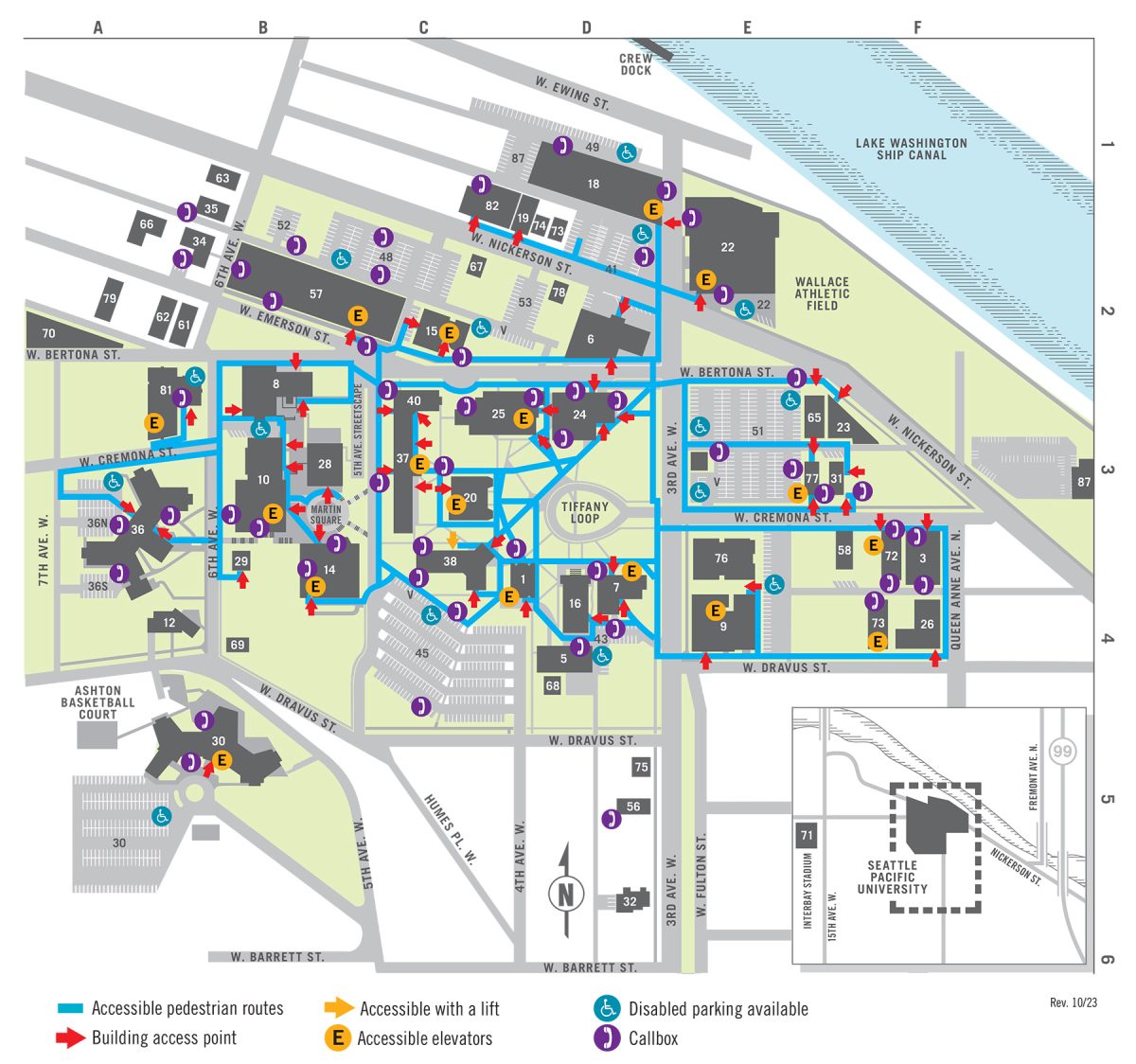

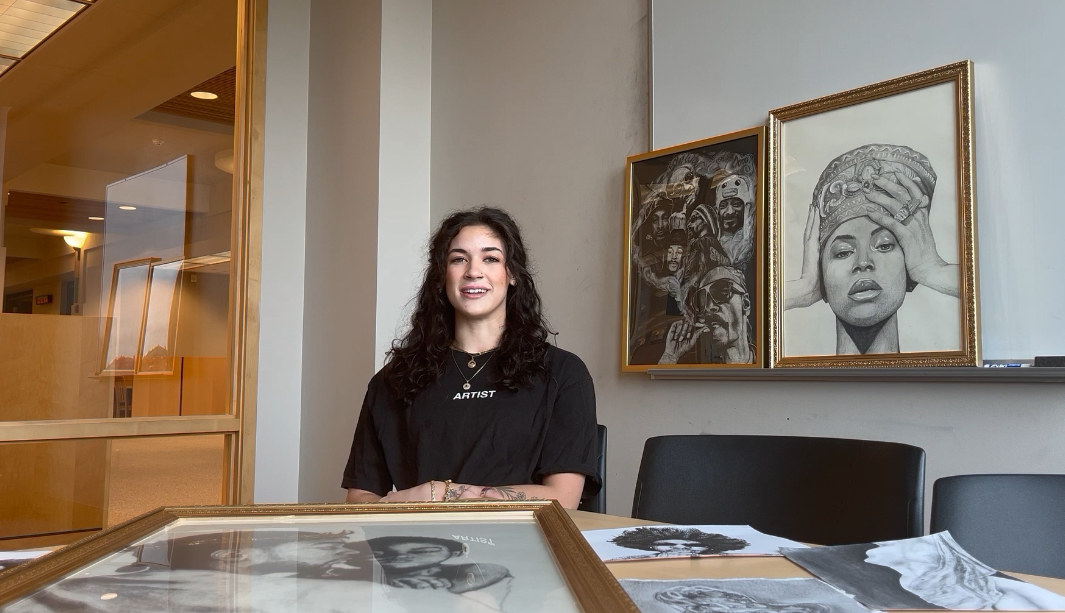

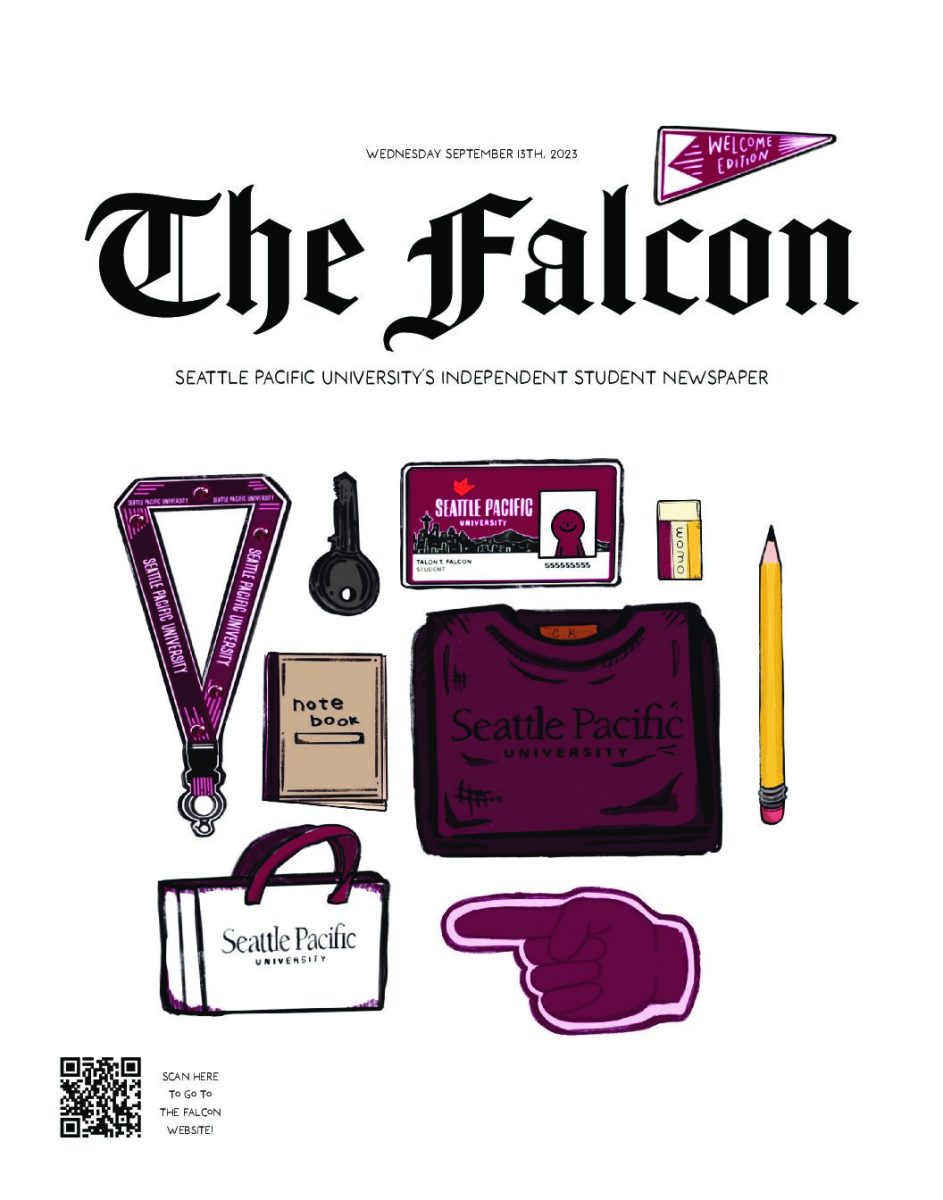
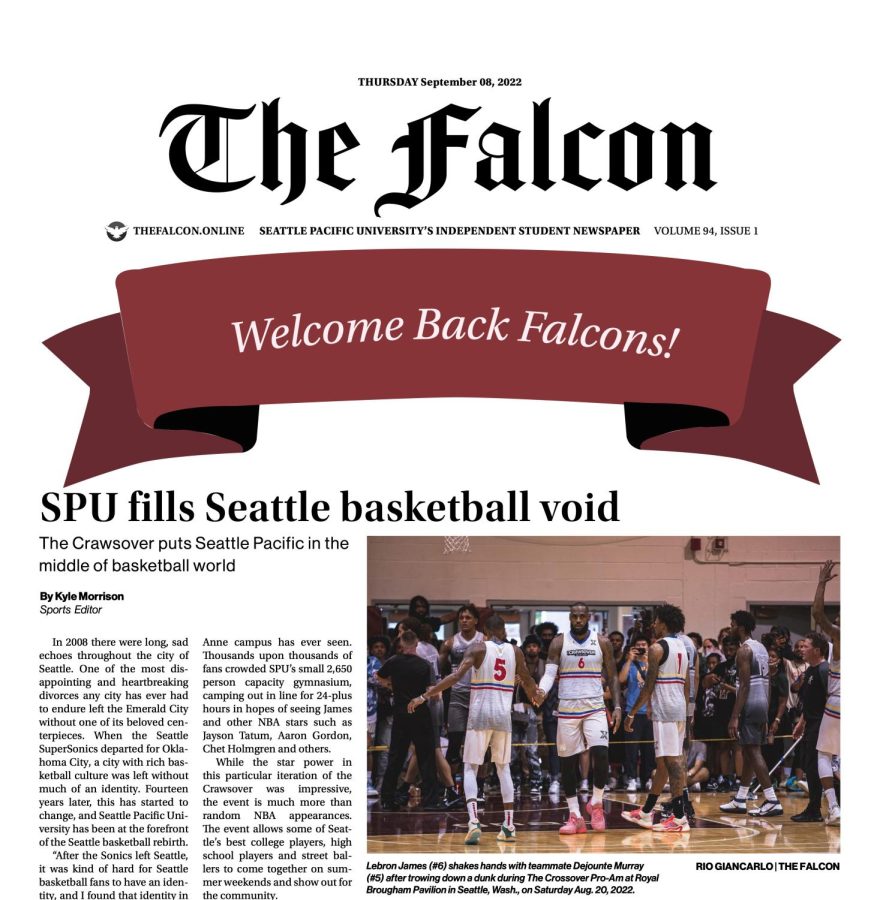
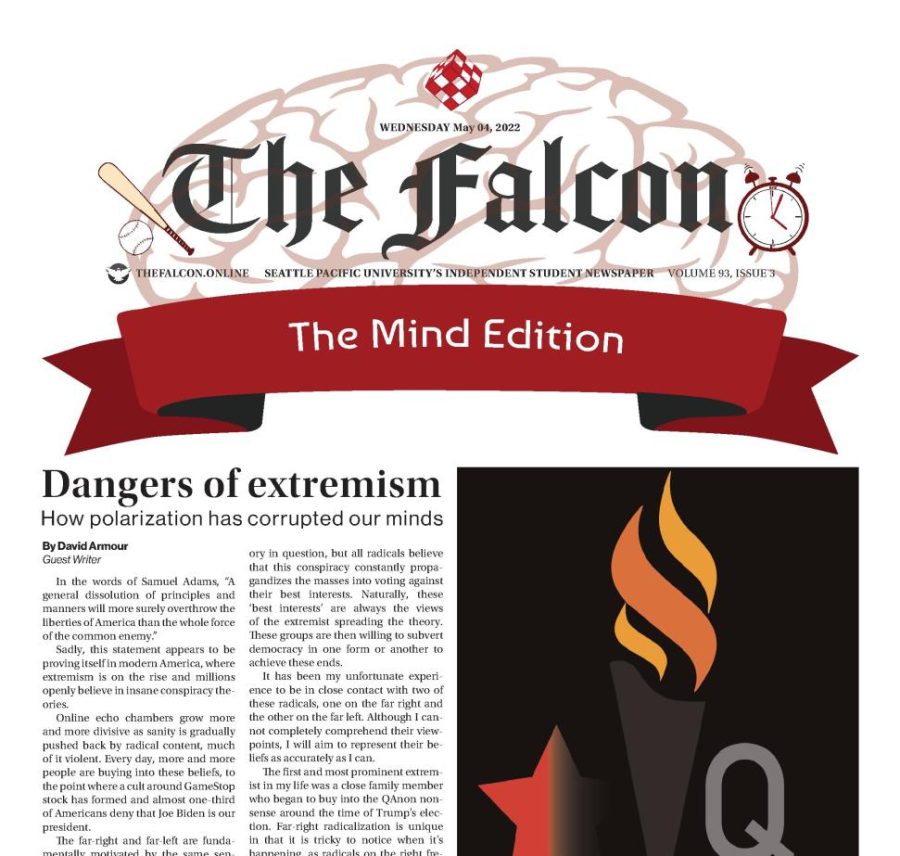


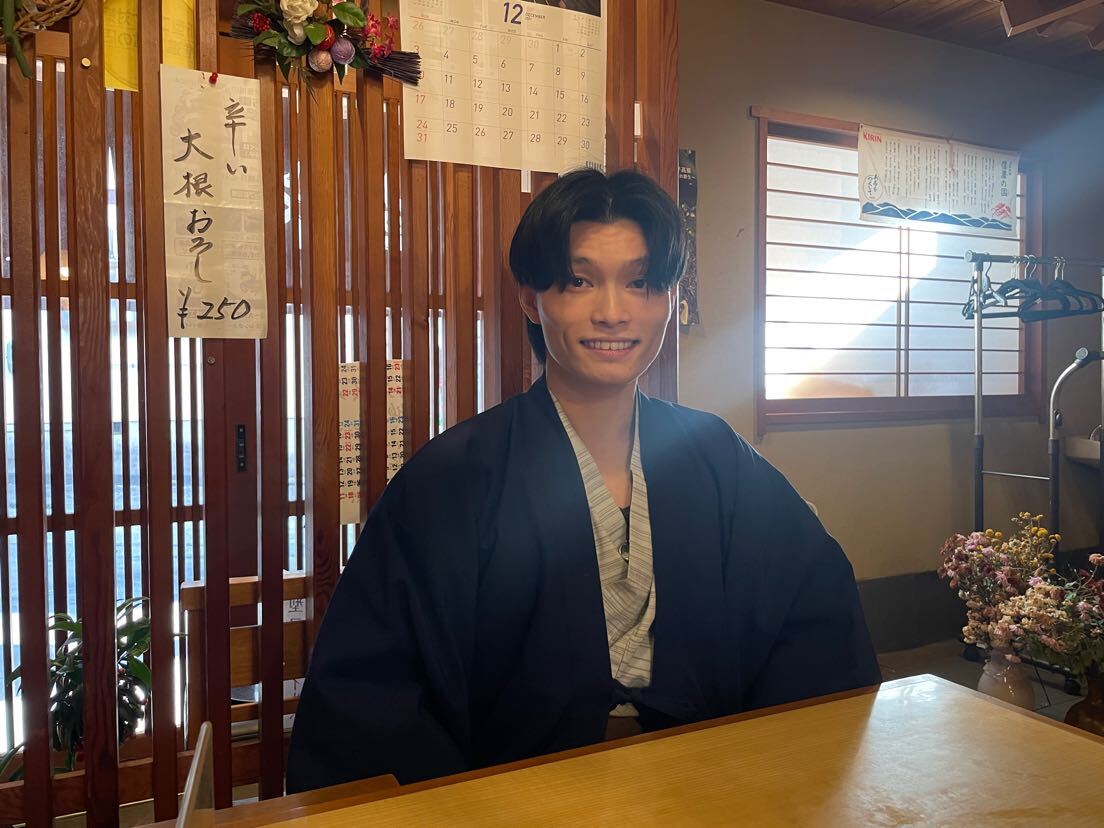



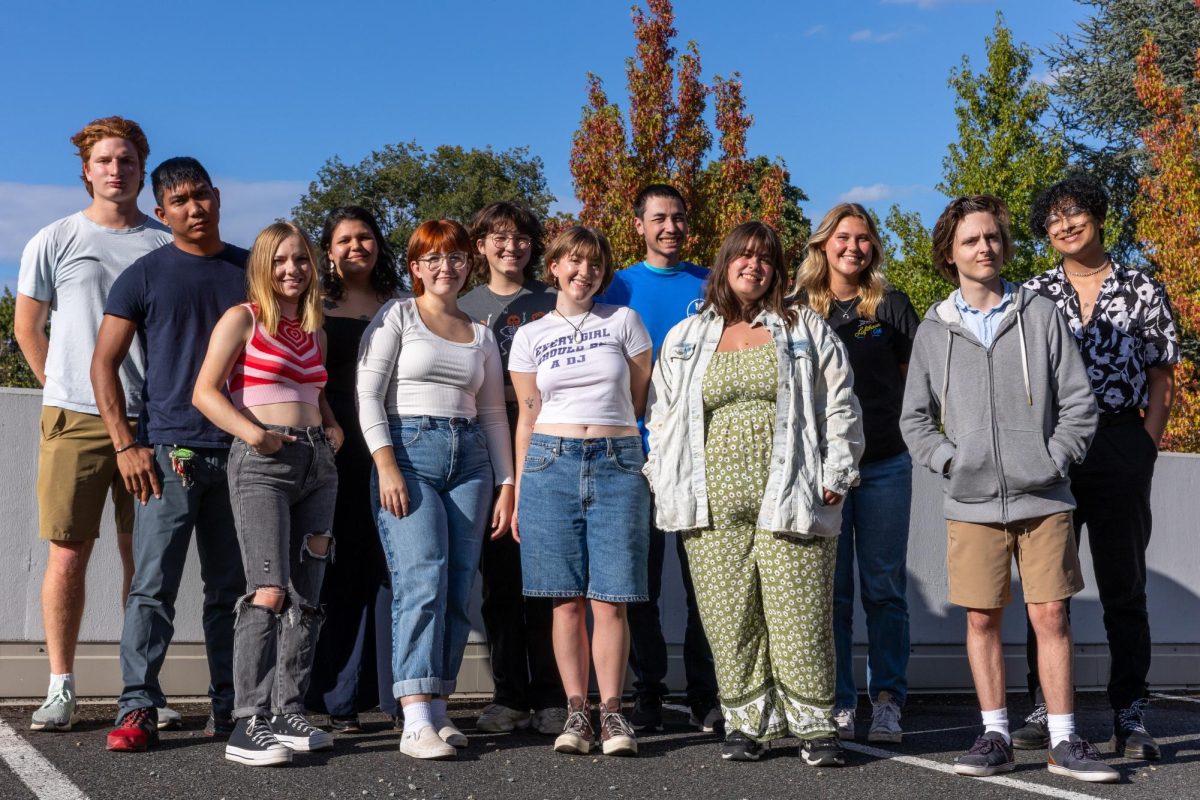
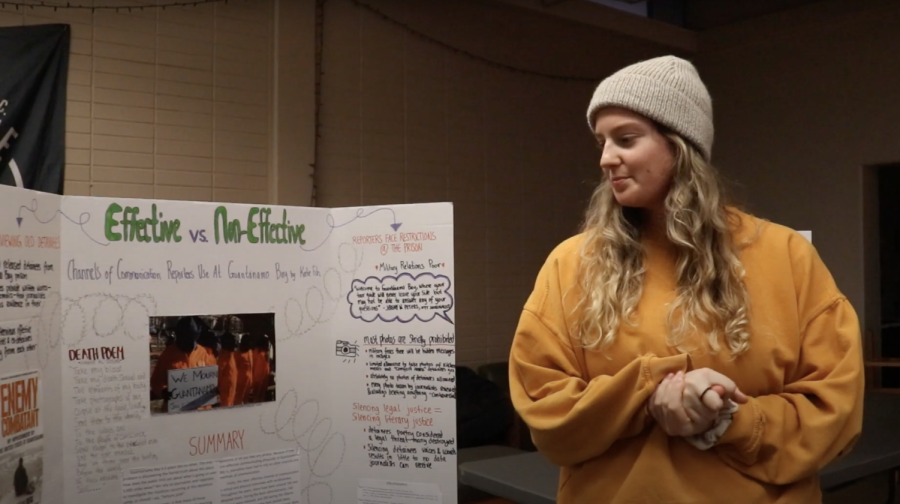

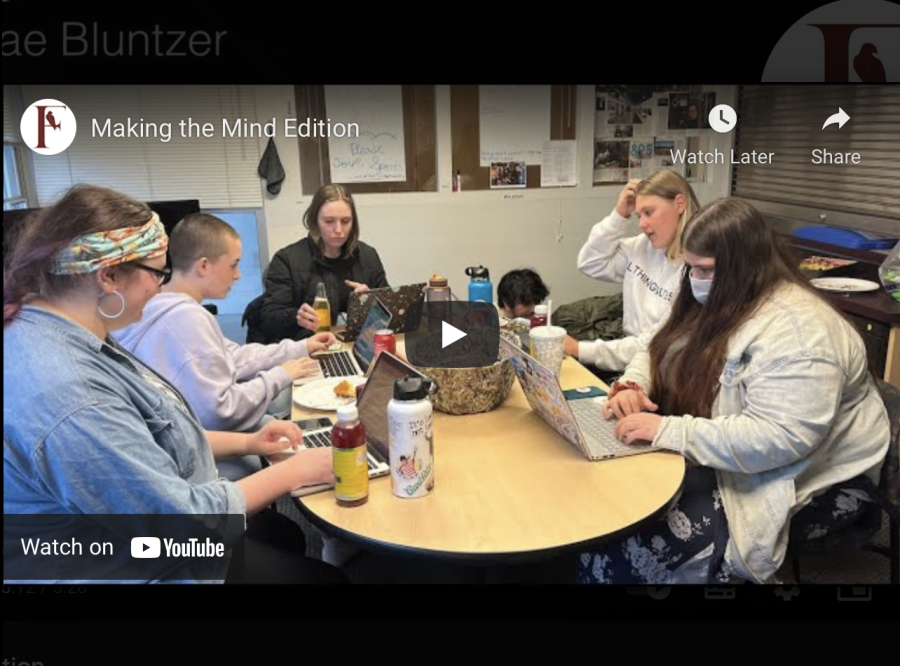

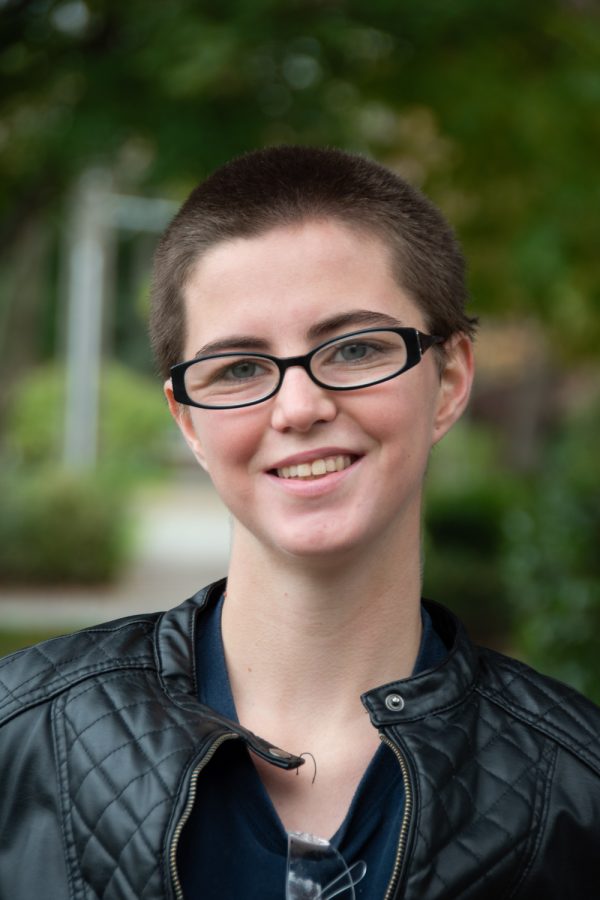







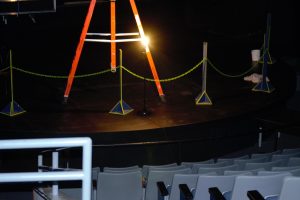





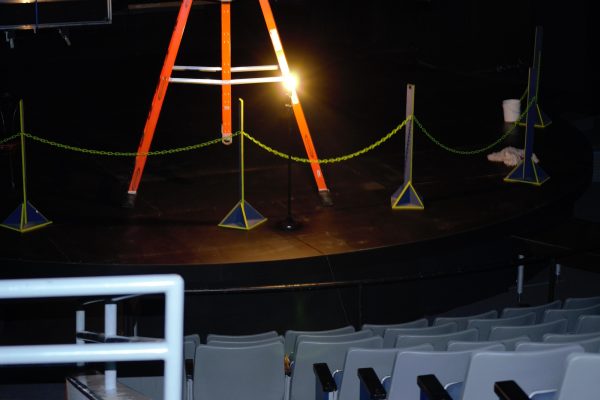


Demosthenes • Feb 15, 2022 at 11:17 am
“They have been an instrumental force behind support for a more flexible or abolished Statement on Human Sexuality. About 75% of faculty are in favor of removing or changing the Statement.
It can only speak volumes, then, that this feedback (supplied from a 97% response rate) was quietly shoved under the rug and to this day remains unaddressed by the Board.”
It’s a ponderous argument to assert that, because a plurality of a population wants something, that it therefor follows that that something ought be done.
One does not need to invoke the innumerable historical instances where the socio-political flavor of the day has manifest itself as barbarous and inhumane action towards members of the society saddled with the blame for the supposed social discontent.
It’s not unforeseeable that such democratic tyranny can and ought result in SPU mounting Nietzsche’s Pendulum and pursuing a policy of ever more extreme social ambivalence. Such a convention of bowing to “argumentum ad populum” has predictable, and tragic, outcomes.
For these reasons, it’s advisable to read such popular arguments with a grain of salt and, indeed, whence this policy of circumspection is adopted, alternatives to the directed conclusions presented by such argumentation present themselves. For instance, the argument; “About 75% of faculty are in favor of removing or changing the Statement.” Could be interpreted multiple ways.
One resolution could be to simply change the faculty. The discontent with the current public position on sexuality might be easily relieved in a far more enduring way where SPU to adopt a practice of ensuring faculty members align precisely with the values enumerated by SPU in the form of their mission statement and core themes:
“Seattle Pacific University is a Christian university fully committed to engaging the culture and changing the world by graduating people of competence and character, becoming people of wisdom, and modeling grace-filled community.”
and the core values which support this vision.
“Academic Excellence and Relevance”
“Transformative and Holistic Student Experience”
“Vital Christian Identity and Purpose”
It is these values and founding principles that define the institution of Seattle Pacific University and which therefor prescribe the values and principles of those who would make claims to institutional membership.
Thus, one who aspires to operate under the premise of representing Seattle Pacific University and, by extensions, the Christian’s who look to such an institution for strength, inspiration, and facilities of morality and ethics, out first second themselves, their desires, and their normative views institutional convention, to the principles and policies already extant.
Where we to act otherwise, our beloved university would find itself stretched between the principles it adopted in pursuit of it’s earthly mission, and the whims of a multifarious, and ultimately, transient, faculty.
In conclusion, we have, since commencement of this critical analysis of Ms. Martin’s position, developed a robust (if not comprehensive) understanding of the drawbacks of pursuing a policy of popular ideological enforcement and how the aforementioned has a tendency towards the marginalization of an institutions Christian efficacy.
In a world where Christian values are under consistent attack and where the materiel of the Christian faith suffers abrogation and dissolution from “flavor of the week” ideology, It’s important that SPU put it’s best, most Christian, and firmest foot forward and for it’s constituents to keenly and discerningly scrutinize demands for it’s alteration or distortion against alternative, but equally efficacious alternatives.
“Blessed is the man that trusteth in the LORD, and whose hope the LORD is. For he shall be as a tree planted by the waters, and that spreadeth out her roots by the river, and shall not see when heat cometh, but her leaf shall be green; and shall not be careful in the year of drought, neither shall cease from yielding fruit.”
— Jeremiah 17:7–8